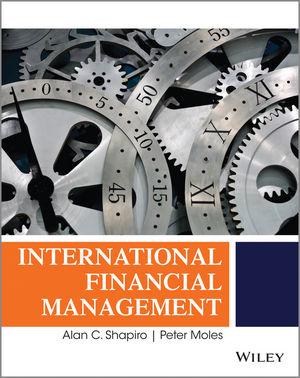7. A trader executes a bear spread on the Japanese yen consisting of a long 103 March...
Question:
7. A trader executes a “bear spread” on the Japanese yen consisting of a long 103 March put and a short 101 March put.
(a) If the price of the 103 put is 2.81(100ths of ¢ / ¥), while the price of the 101 put is 1.6 (100ths of ¢ / ¥), what is the net cost of the bear spread?
(b) What is the maximum amount the trader can make on the bear spread in the event the Japanese yen depreciates against the U.S. dollar?
(c) Redo your answers to parts a and
b, assuming the trader executes a “bull spread” consisting of a long 97 March call priced at 1.96 (100ths of ¢ / ¥) and a short 103 March call priced at 3.91 (100ths of ¢ / ¥ ).What is the trader’s maximum profit? Maximum loss?
Step by Step Answer:

International Financial Management
ISBN: 9781118929322
10th Edition
Authors: Alan C. Shapiro, Peter Moles




